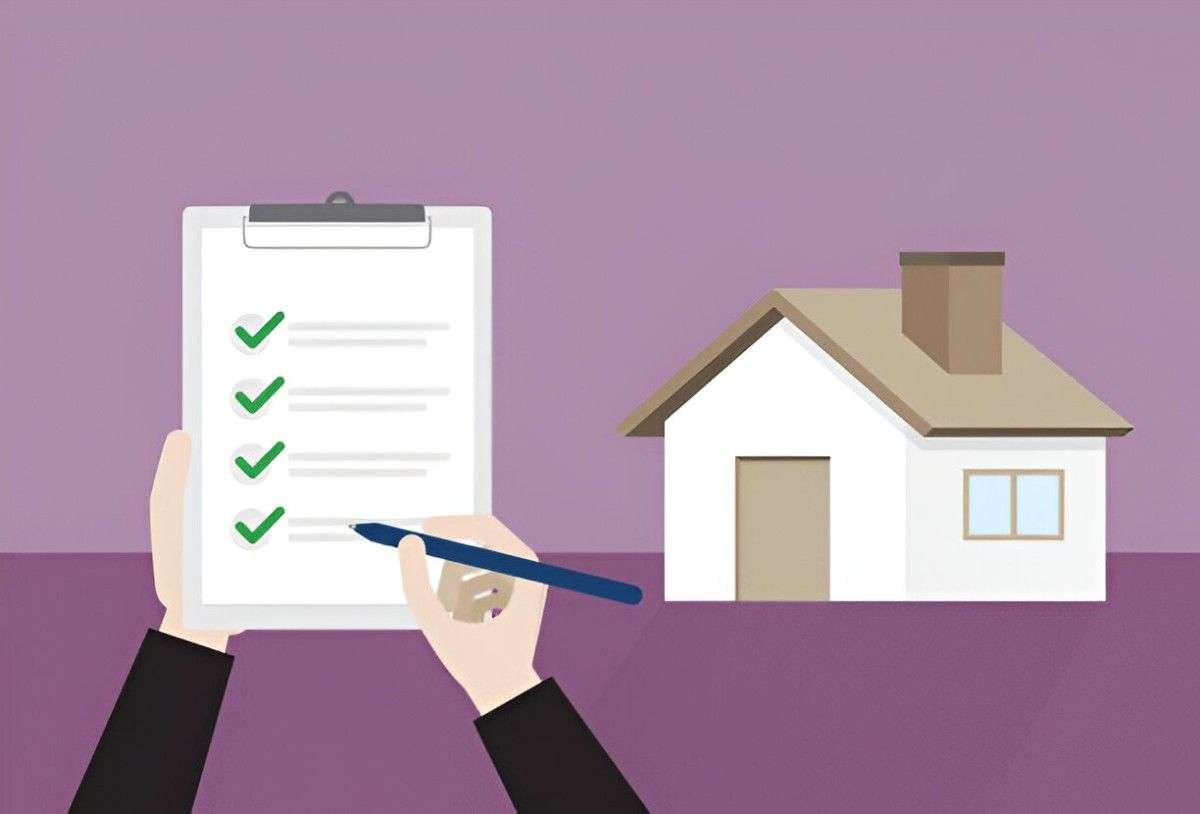Introduction
Applying for a mortgage can be overwhelming, especially when it comes to gathering the necessary documents. As someone who has navigated the mortgage process multiple times, I know how important it is to be prepared. Lenders require extensive paperwork to assess a borrower’s financial stability, creditworthiness, and ability to repay the loan. Having a complete mortgage document checklist not only speeds up the approval process but also helps avoid unnecessary delays.
This guide will cover every document you need, explain why lenders require them, and provide examples and comparisons where applicable. I will also break down calculations related to debt-to-income ratios and loan-to-value ratios to help you understand how lenders evaluate your application.
Table of Contents
Basic Identification and Personal Information
Lenders need to verify your identity and legal status before approving a mortgage. The required documents include:
- Government-issued photo ID (e.g., driver’s license or passport)
- Social Security number (SSN)
- Proof of legal residency (for non-citizens, such as a Green Card or visa documentation)
Proof of Income
Lenders assess income stability to determine whether you can afford the mortgage payments. The following documents help establish your earnings:
For Salaried Employees
- Pay stubs (typically from the last 30–60 days)
- W-2 forms (for the past two years)
- Employer verification letter (sometimes requested for job stability confirmation)
For Self-Employed Borrowers
- Tax returns (past two years, including all schedules)
- Profit and loss statement (year-to-date, if applicable)
- Bank statements (typically for the last three to six months)
- 1099 forms (if you receive income from contract work)
Additional Income Sources
- Social Security benefit letter (for retirees or disability recipients)
- Pension or annuity income statements
- Rental income documentation (lease agreements and tax returns showing rental income)
- Alimony or child support (court orders and proof of receipt for at least six months)
Employment Verification
A lender may contact your employer to verify job stability. If you recently changed jobs, they may ask for additional documentation, such as:
- Offer letter (for new employment)
- Contract agreement (for professionals on fixed-term contracts)
Credit and Debt Documentation
Your credit history and outstanding debts impact mortgage approval and interest rates. The lender may request:
- Credit report (usually pulled by the lender, but you can obtain a free report beforehand)
- Statements for outstanding debts (credit cards, car loans, student loans, etc.)
- Explanation letter for credit issues (if applicable, such as missed payments or disputes)
Debt-to-Income (DTI) Ratio Calculation
Lenders use the DTI ratio to assess affordability. The calculation follows this formula:
\text{DTI} = \left( \frac{\text{Total Monthly Debt Payments}}{\text{Gross Monthly Income}} \right) \times 100Example: If your total monthly debt payments (car loan, student loan, credit card minimums) total $1,500 and your gross monthly income is $6,000:
DTI = \left( \frac{1500}{6000} \right) \times 100 = 25\%Most lenders prefer a DTI ratio below 43%, but lower ratios increase approval chances and better loan terms.
Asset and Down Payment Documentation
Proof of assets ensures you have sufficient funds for the down payment and closing costs. Required documents include:
- Bank statements (last two to three months, all pages)
- Investment account statements (stocks, bonds, mutual funds)
- Retirement account statements (IRA, 401(k), pension accounts)
- Gift letter (if using gifted funds, a letter stating no repayment is required)
Loan-to-Value (LTV) Ratio Calculation
LTV helps lenders assess risk. It’s calculated as:
\text{LTV} = \left( \frac{\text{Loan Amount}}{\text{Home Value}} \right) \times 100Example: If the home price is $300,000 and your down payment is $60,000, the loan amount is $240,000.
LTV = \left( \frac{240000}{300000} \right) \times 100 = 80\%Lenders prefer an LTV of 80% or lower to avoid private mortgage insurance (PMI).
Property Documentation
The lender needs documents related to the property being financed:
- Purchase agreement (signed contract with seller)
- Property appraisal report (ordered by lender)
- Homeowners insurance policy (proof of coverage before closing)
- Title report (confirms legal ownership and identifies liens or encumbrances)
- Homeowners association (HOA) documents (if applicable, for condos or properties with HOA fees)
Closing and Additional Documents
Before finalizing the loan, additional paperwork may be required:
- Loan estimate (provided within three days of application, detailing loan terms and costs)
- Closing disclosure (received at least three days before closing, outlining final terms)
- Proof of paid closing costs (if paying some fees upfront)
- Signed disclosures and agreements (various lender forms acknowledging loan terms)
Comparison of Required Documents by Loan Type
| Document Type | Conventional Loan | FHA Loan | VA Loan | USDA Loan |
|---|---|---|---|---|
| W-2 Forms | Yes | Yes | Yes | Yes |
| Tax Returns (Self-Employed) | Yes | Yes | Yes | Yes |
| Credit Report | Yes | Yes | Yes | Yes |
| Bank Statements | Yes | Yes | Yes | Yes |
| Gift Letter (if applicable) | Yes | Yes | Yes | Yes |
| Property Appraisal | Yes | Yes | Yes | Yes |
| Down Payment Documentation | Yes | Yes | No | No |
| Proof of Military Service | No | No | Yes | No |
| Proof of Residency in Rural Area | No | No | No | Yes |
Conclusion
A well-prepared mortgage document checklist can make the home-buying process smoother. I recommend organizing all paperwork before applying to prevent last-minute stress. Understanding how lenders evaluate finances through metrics like DTI and LTV helps in making informed decisions. With the right documentation and preparation, securing a mortgage becomes a straightforward process.





